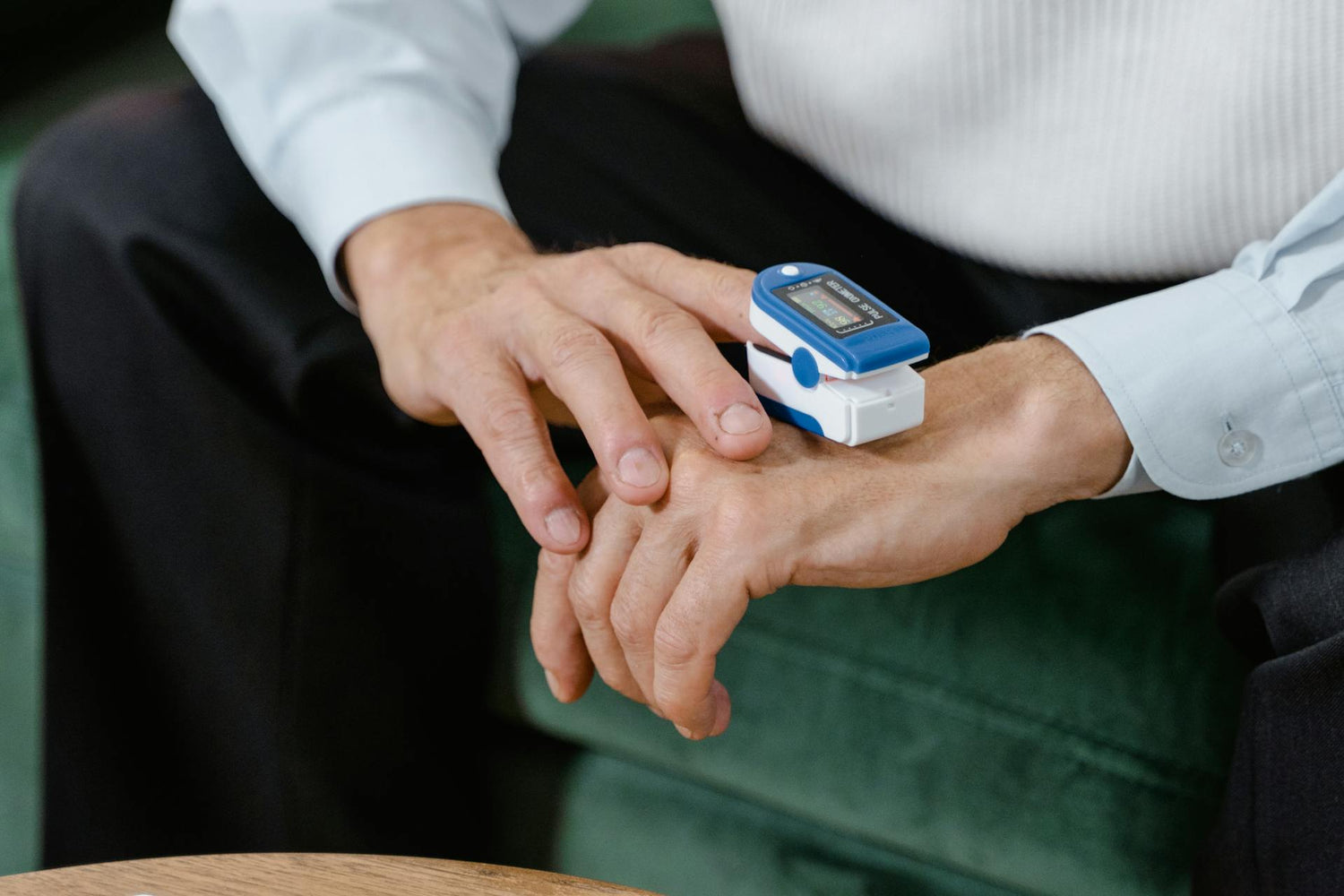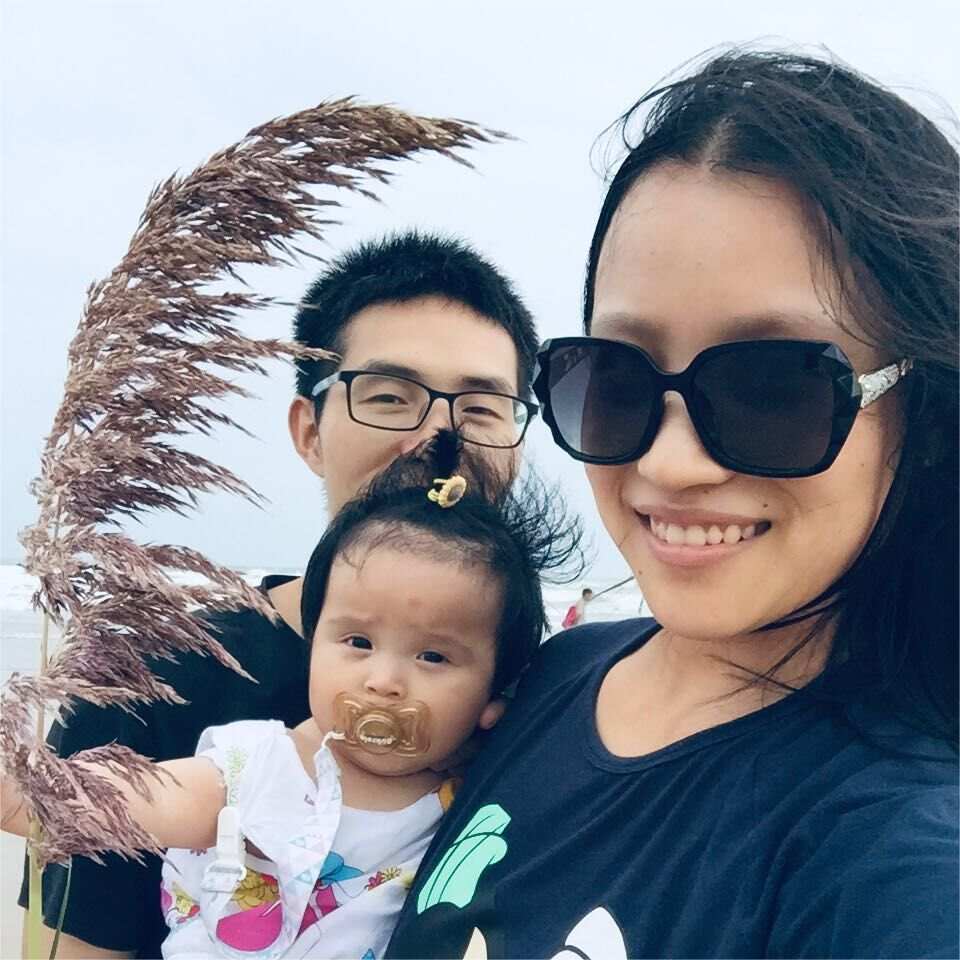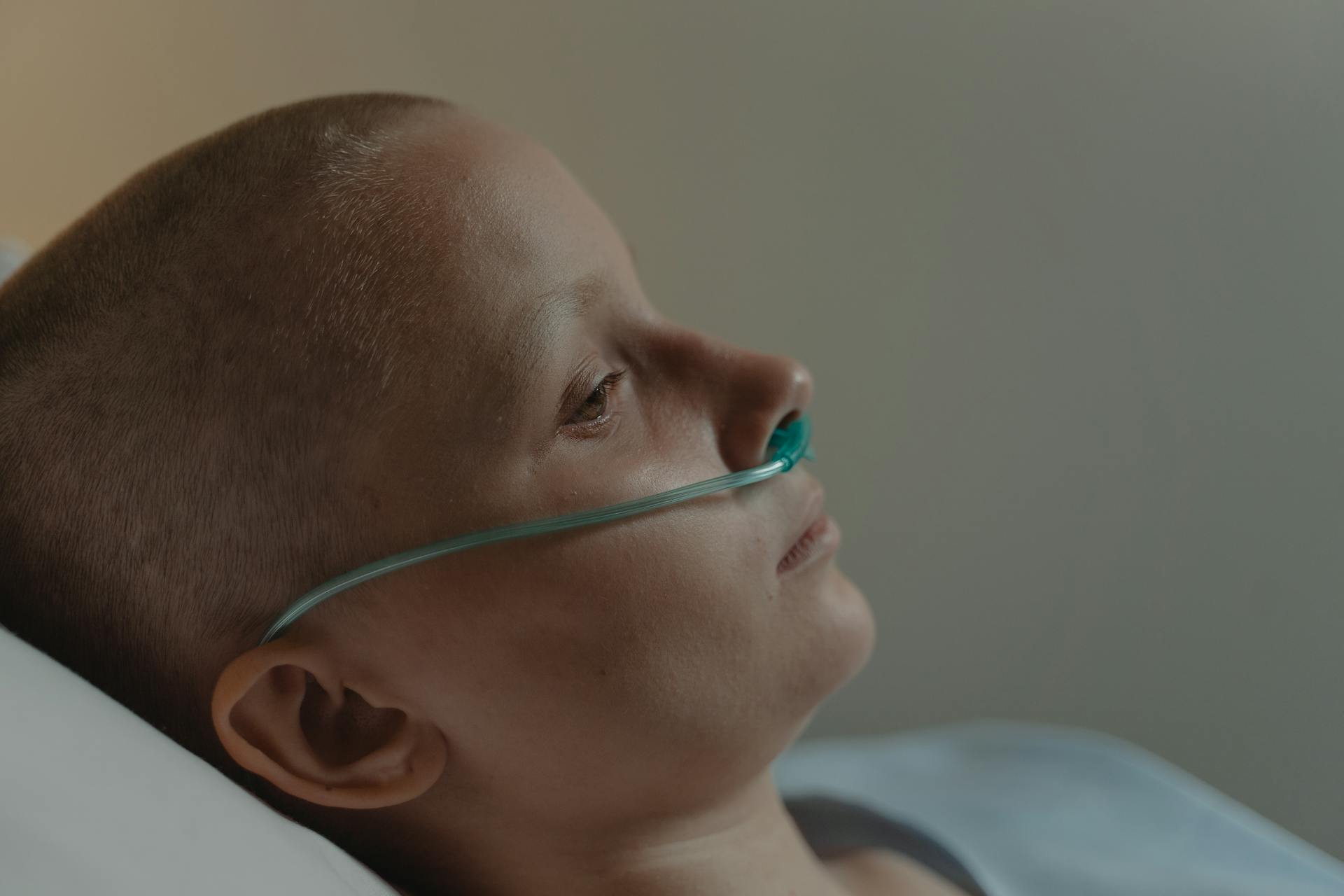Quick Answer
If you're using a portable oxygen concentrator, the number of hours you'll need it each day can really depend on what your doctor says. For many people, it's about 15 hours daily, but some might need it all day and night. If your need for oxygen is just for a short while, you may only use the machine until you're feeling better. These concentrators are built tough-they can handle a full 24-hour workload if needed. After being on for around 7 to 8 hours, it's good to give them a rest for about 20 to 30 minutes to prevent overheating and keep them running smoothly.
How to Assess Your Oxygen Requirements
When it comes to determining how much supplemental oxygen you need, it's all about personalization. Here's a step-by-step breakdown of how your oxygen requirements are assessed:
Initial Consultation and Testing:
- You'll visit your doctor, who will conduct tests to see if you require supplemental oxygen.
- A pulse oximeter is often used for a quick read on blood oxygen levels. It's that little gadget that clips onto your finger.
- An arterial blood gas (ABG) test may also be performed for more precise measurements. This involves taking a small blood sample from an artery.

Daily Activities and Health Assessment:
- Your typical day-to-day activities are factored into the equation. The amount of oxygen you need can change whether you're active or at rest.
- Your overall health status, especially your respiratory condition, is considered to determine your oxygen needs.
Personalized Oxygen Prescription:
- Based on these assessments, your doctor writes a prescription tailored to your specific needs.
- Your prescription includes a flow rate, which indicates how much oxygen you should receive per minute (measured in Liters Per Minute or LPM).
Regular Monitoring and Adjustments:
- Regular check-ups are crucial to ensure your oxygen therapy is still right for you.
- Notify your healthcare provider of any changes in your routine or health so they can adjust your oxygen flow rate as necessary.
- The aim is to keep your oxygen saturation within a target range that supports both your lifestyle and bodily health.
Medical Guidelines for Portable Oxygen Concentrator Usage
When you're prescribed a portable oxygen concentrator, your respiratory therapist or doctor is following some tried and true guidelines to ensure you get the oxygen your body craves. Let's unwrap these guidelines like a gift that keeps you going stronger, and longer.
General Recommendations:
- Think of these as the basic rules of thumb for using your portable oxygen concentrator. It's kind of like how everyone knows that eight glasses of water a day is a good idea – doctors often suggest using a portable oxygen concentrator most of your day, perhaps even while you're snoozing.
- Your doctor will likely aim to keep your oxygen levels in the "green zone," which usually means keeping your blood oxygen saturation over 88%. This level helps make sure that all parts of your body are getting enough oxygen to work properly.
Condition-Specific Guidelines:
- Just like different cars need different types of fuel, different lung conditions require different oxygen strategies. If you've got COPD, your lungs might need a higher flow of oxygen when you're moving around, because that's when they're working hardest.
- For folks with something like pulmonary fibrosis, their lungs are a bit stiff, so they need a constant flow of oxygen all the time to help them breathe easier, regardless of whether they're tossing a salad or tossing and turning in bed.
Real-Life Applications:
- Imagine your doctor has given you a recipe for oxygen use: 2 liters per minute (LPM) when you're up and about, and maybe just 1 LPM when you're relaxed and reading a book.
- This isn't just a random suggestion – it's based on what research shows can help keep oxygen levels just right for someone with moderate COPD. It's like finding the sweet spot where your body says, "Ah, that's just right!"
- Using your portable oxygen concentrator is not about sticking rigidly to the rules but more about finding a comfortable rhythm for your life. And that rhythm can change – if you catch a cold or decide to take up yoga, your oxygen needs might shift a bit. That's why these guidelines are flexible and tailored, just like your favorite yoga pants.
Stay in tune with your healthcare team; they're like the conductors in this orchestra. They'll help you hit the high notes when it comes to understanding these guidelines and making them work harmoniously with your lifestyle.

What Are the Factors Influencing Daily Use of Portable Oxygen Concentrators?
Your portable oxygen concentrator is your personal sidekick, and how much you rely on it can change from day to day. It's like an umbrella – some days you need it when it's pouring rain, other days you can leave it at home. Let's explore the factors that might have you adjusting how often your portable oxygen concentrator is by your side:
Your Activity Level:
- Just like a car uses more fuel when speeding on the highway compared to cruising down a quiet street, your body needs more oxygen when you're active.
- If you're out for a walk or doing some housework, your breathing rate goes up and so does your need for extra oxygen; this is when your POC's settings might be turned up a notch.
- During chill times, like reading or watching TV, your oxygen requirements might dip, meaning you can dial back on your oxygen flow.
Altitude and Environment:
- Heading to higher ground? The air gets thinner the higher up you go, which means less oxygen in every breath. Your portable oxygen concentrator might need to work harder to keep you topped up with the good stuff.
- Even weather changes, like extreme heat or cold, can affect how your body uses oxygen, so keep an eye on the sky and how you feel when the weather swings around.
Travel and Mobility:
- Oxygen needs don't take a vacation just because you do. Traveling brings new environments, activities, and routines – all of which can tweak your oxygen requirements.
- Your portable oxygen concentrator comes along for the ride to make sure you have a constant supply, but you'll need to plan ahead to accommodate changes in your schedule or activities.
These factors aren't meant to complicate life but to give you a map for using your portable oxygen concentrator most effectively. Think of your daily oxygen needs as a fluid conversation between you and your body, where your POC chimes in with support as needed.
How to Customize Your Portable Oxygen Concentrator Schedule
Getting the hang of your portable oxygen concentrator (POC) is a bit like learning a new dance routine – at first, you follow the steps closely, but with practice, everything flows naturally. Here's how you can choreograph your oxygen use to fit the rhythm of your life:
Working with Healthcare Providers:
- Your healthcare provider isn't just there for the diagnosis; they're your partner in this dance. Together, you'll create a personalized oxygen therapy plan, much like a choreographer tailors a dance to the abilities of the dancer.
- They'll take into account all the factors we discussed – from your daily activities to your physical condition – to come up with a portable oxygen concentratorschedule that fits just right.
Adapting to Changes:
- Life's full of surprises, and sometimes you have to improvise. If your health takes a turn or your routine changes, your oxygen needs might shift too.
- Keep in touch with your doctor if things change. It's like updating your playlist – as the mood changes, so do the tunes, and your oxygen flow rate may need some tweaking accordingly.
Integrating POC Use Comfortably:
- The secret sauce to integrating POC use into your daily routine is making it seamless. You want to feel like your POC is practically invisible in your day-to-day life.
- Find ways to make carrying your POC easier – think comfortable straps, easy-to-carry bags, or even carts if that's your style.
- Also, become a pro at maintaining your equipment to avoid hiccups. Just like you wouldn't dance in torn shoes, don't rely on a POC that's not in top form.
It's all about striking a balance where your portable oxygen concentrator feels less like a medical device and more like a natural part of your ensemble. With the right setup, you'll be able to move through your day with grace, confidence, and plenty of oxygen.
How to Maximize the Benefits of Your Portable Oxygen Concentrator
To truly make every breath count, it's essential to ensure you're using your portable oxygen concentrator (POC) in the most effective way possible. Here's how you can squeeze every ounce of benefit from your trusty device:
Mindful Usage:
- Use your POC not just by the clock, but also by how you feel. Pay attention to your body's signals – if you're feeling more short of breath than usual, it might be a sign to check if you're using the device correctly or if you need an adjustment.
- Monitor your oxygen levels with a pulse oximeter regularly to ensure you're staying within your prescribed saturation range. It's like having a speedometer for your lungs; you want to keep it at the right pace.
Regular Maintenance:
- Just as you wouldn't let your car run without an occasional oil change, regular maintenance on your POC is crucial for peak performance. This means cleaning or replacing filters, charging batteries, and making sure the cannula and tubing are in good shape.
- Don't forget software updates if your model supports them. These updates can optimize performance, much like updating the operating system on your phone makes it run smoother.
Understanding Your Device:
- Get to know your POC inside and out. Understand its battery life, how to read its indicators, and what each button does. Familiarize yourself with changing settings when transitioning from rest to activity or vice versa.
- Read through the user manual, watch instructional videos provided by the manufacturer, or ask for a hands-on demonstration from your respiratory therapist.
Lifestyle Alignment:
- Coordinate your POC use with your daily routine. Plan oxygen usage around your activities, so you don't run out of battery at inconvenient times. For instance, charge your device while you're having meals or during other routine downtimes.
- If you enjoy travel or outings, scout out locations with available power sources, or invest in extra batteries to ensure continuous oxygen supply.
Empowering yourself with these proactive steps will help turn your oxygen therapy into a seamless aspect of your life. You'll be able to go about your day with energy and vitality, knowing that you have the support you need right at your fingertips.
Living Comfortably with Your Portable Oxygen Concentrator
Using a portable oxygen concentrator can become an easy part of your daily routine. Just remember to clean and look after the device regularly, pay attention to how you feel, and keep in touch with your doctor for any changes or concerns. By taking care of the equipment and following medical advice, you'll have a reliable source of oxygen that lets you go about your day without worry. So, with your POC by your side, you can live your life fully and comfortably.





Leave a comment
This site is protected by hCaptcha and the hCaptcha Privacy Policy and Terms of Service apply.